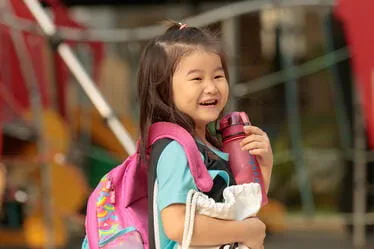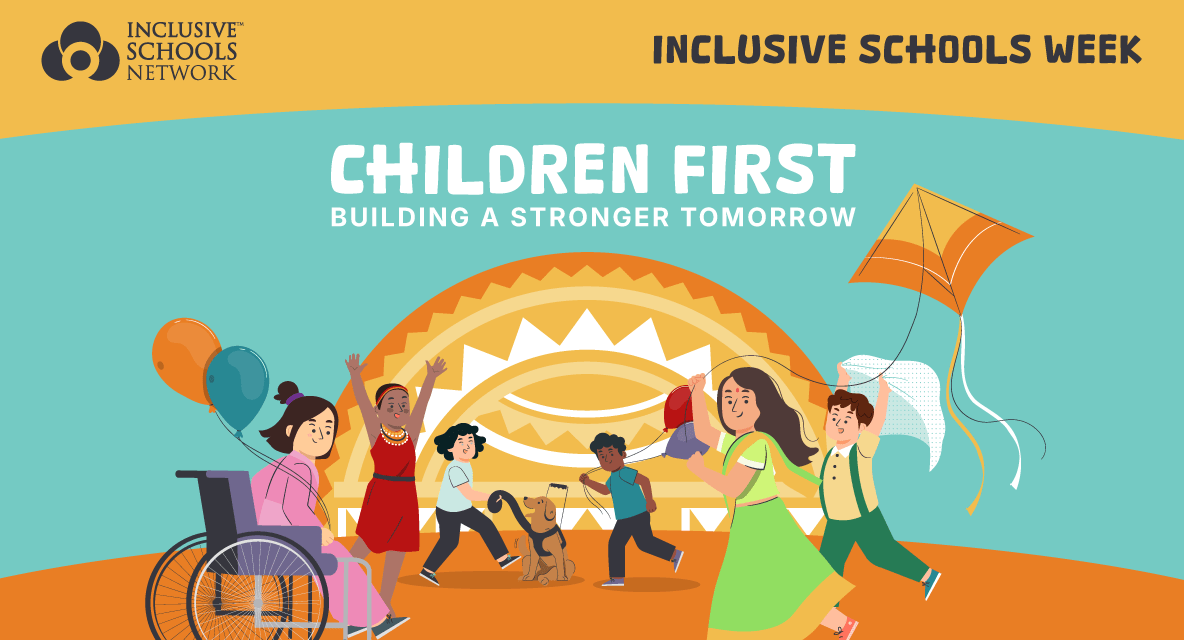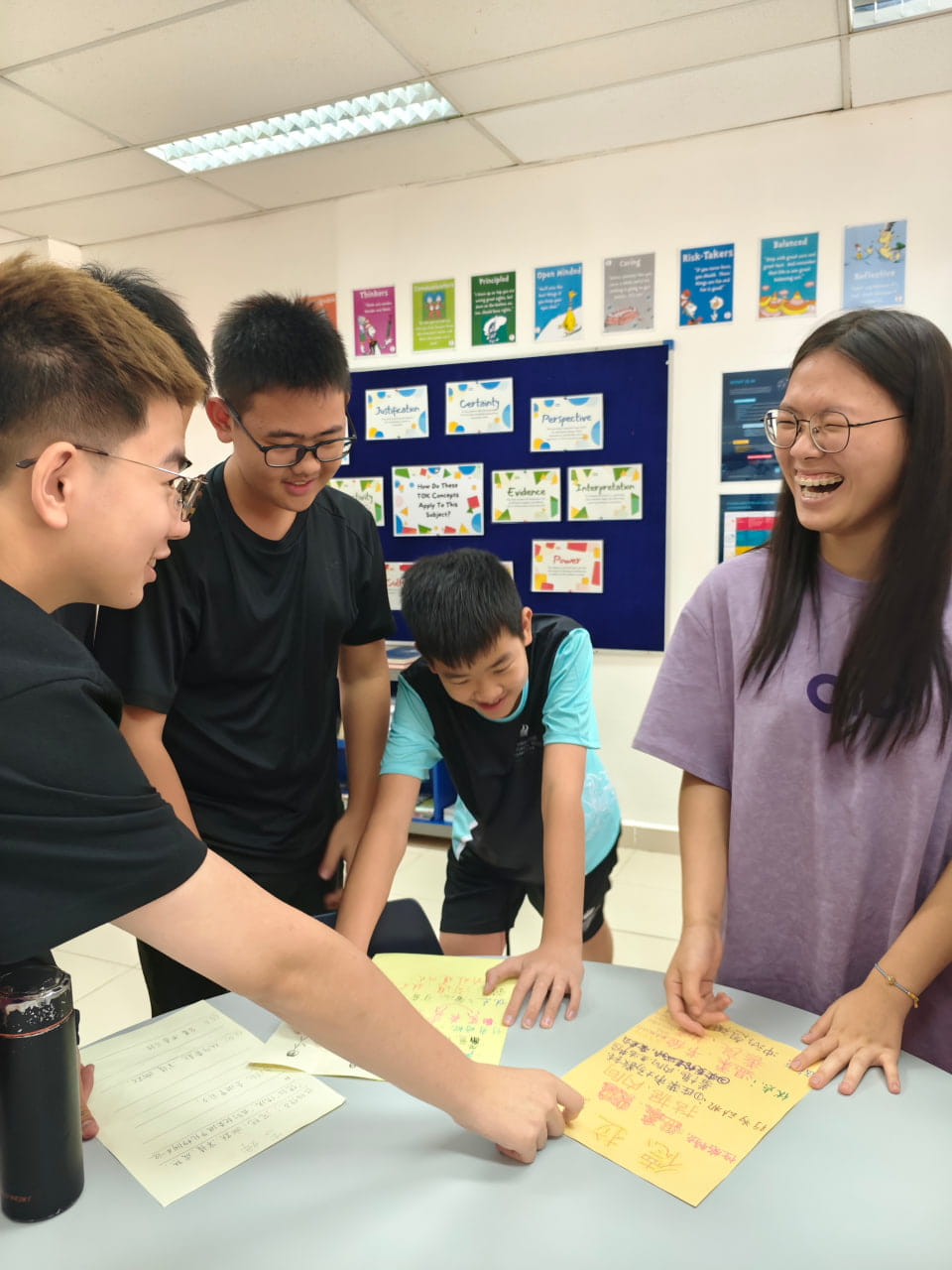Why experiential learning is so important to the teaching philosophy of an IB school like Northbridge At the heart of any science class at Northbridge International School Cambodia is experiential learning. As Albert Einstein once stated, “I never teach my pupils, I only provide conditions in which they can learn”.
At the heart of any science class at Northbridge International School Cambodia is experiential learning. As Albert Einstein once stated, “I never teach my pupils, I only provide conditions in which they can learn”.
Experiential learning in essence is learning by doing. It was introduced by David A. Kolb and Roger Fry, who came up with experiential learning theory. There are 4 key elements to this theory that are interconnected with one another: concrete experience, observation and reflection, forming abstract concepts and testing in new situations. All of these elements seamlessly connect with the scientific method.

Experiential learning is also an important mode of the approaches to teaching philosophy of an IB continuum school such as Northbridge. Experiential learning enables students to reflect on their learning throughout the whole process of completing their work, by asking questions, and further developing their ideas through consolidating their understanding. Science promotes this form of learning, through the hands-on nature of the scientific method, where questioning why things happen and developing a suitable hypothesis is at the core of learning science. This begins in the MYP where students learn to write a research question, and develop a testable hypothesis.

Moreover, at Northbridge, Science teachers are constantly looking for ways to develop a students curiosity through experiential learning opportunities. This includes ways in which students design experiments, and more recently run online virtual lab simulations. Throughout the process, our teachers guide our students by asking them to reflect on their experimental design, how they are able to refine their methodology, and develop a more concise research question. This process culminates in the Diploma programme, where students are asked to develop their own scientific investigations in their respective group 4 (science) courses.
As the academic year comes close to the end, here are some of the highlights this year of experiential learning in science classrooms. Our newest students to the Secondary school MYP programme, grade 6’s understood lab safety in a science lab by learning how to properly use a bunsen burner for the first time. Students in grade 8 were exposed to a static electricity ball, in their circuits and electricity unit and grade 12 students were dissecting cow hearts to better familiarize themselves with the major blood vessels and chambers of the mammalian heart.

Towards the third term, students have had to go back online, but the experiential learning did not stop. Students were exposed to new online virtual simulations on chemical kinetics, and acid base chemistry. One of the highlights was in grade 6 who built virtual cities to demonstrate their understanding about how cells function. These virtual cities were built on minecraft and they annotated their videos showing how each building illustrates a different cellular organelle. Here is one end product video made by a group grade 6 students illustrating their cell city hypothetical world.












